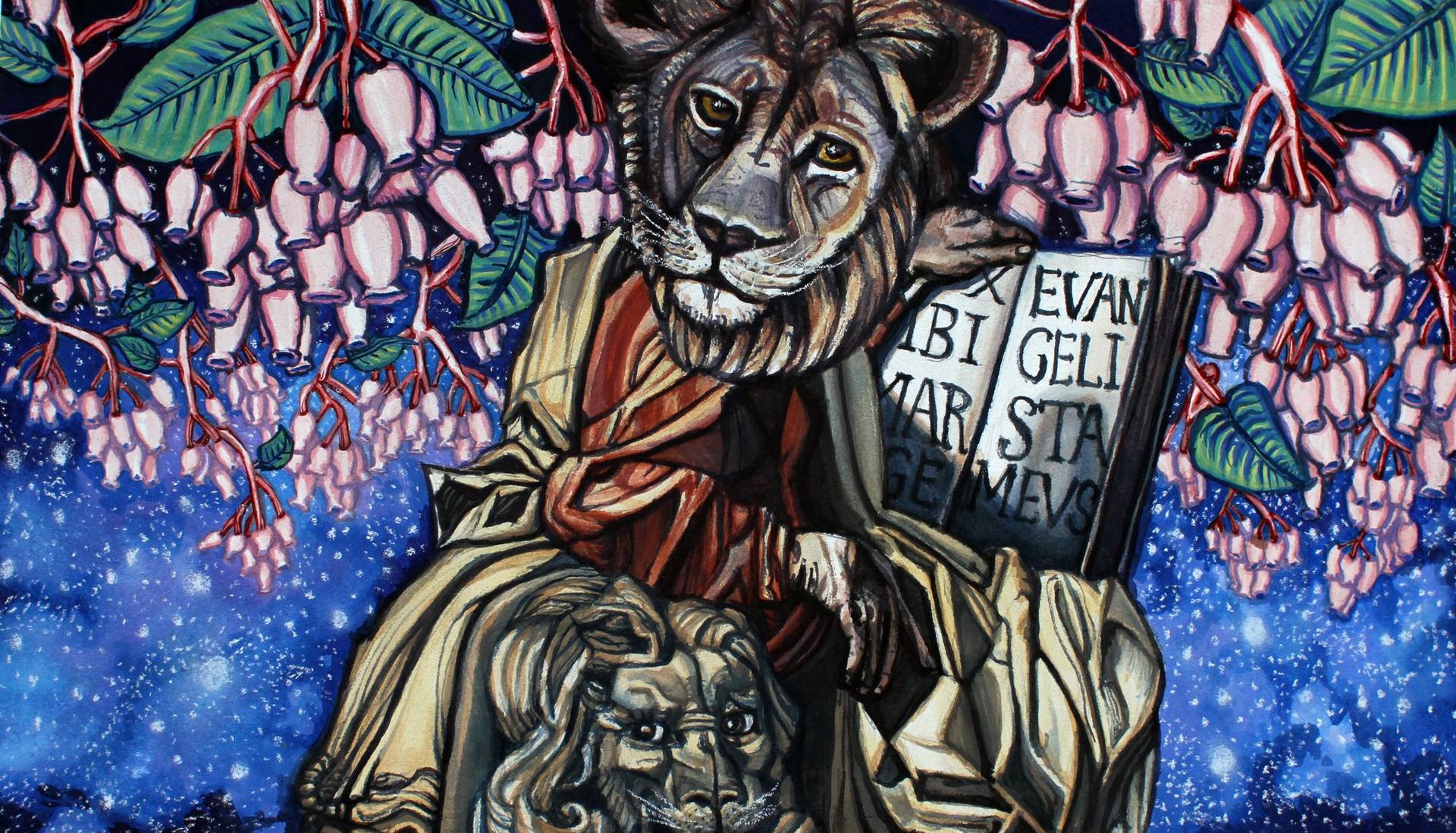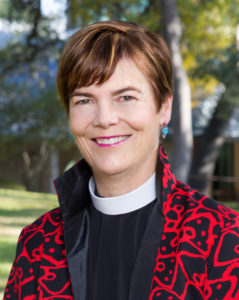My sister Jennifer lived until recently in Poway, the suburb of San Diego where, this past sabbath, one person was killed, three were injured, and all were terrorized, when a 19-year-old fired at worshipers at the Chabad synagogue. Our friend, Doug, is a member of that congregation. The father of the shooter was my nephew’s physics teacher at the local high school, Mt. Carmel.
That I have personal connections to the most recent incident does not make it more important – it only shows how interconnected we all are. This Monday was only one of innumerable Monday mornings at Christ Chapel this year when we gathered in the wake of religious violence – violence against religion, fueled by hatred, ideology, madness, an excess of zeal – attacks against Christians in Sri Lanka, against Muslims in Christchurch, New Zealand, against Jews in Pittsburgh, and on, and on, and on. Even in our numbed, desensitized world, killing in a place of sanctuary still has the power to shock. Those who perpetrate these acts intend to maximize media attention and to intensify fear.
From The Washington Post on Monday:
“The nature and frequency of these attacks have raised urgent questions about how to fight extremism in a time of political polarization, largely unregulated social media and diminished trust in community organizations, including religious and political institutions.”
This is the world we live in and the time we inhabit.
On April 29 this year, we observe the feast of St. Mark the evangelist. As with every saint, legends proliferate around St. Mark, layer upon layer, inspired by very scant facts: wonderful stories, especially in the Coptic Orthodox Church, which claims St. Mark as its founder.1 A maximal portrait of Mark includes the roaring winged lion as his symbol – because John the baptizer “roars” in the wilderness in the opening lines of the gospel? Or because the wild beasts at the temptation are lions? The apostle evangelized in Africa and founded the Coptic Christian church. The website of St. Mark’s in Dallas offers the mystifying fact that St. Mark is the patron saint of notaries.
You can count on a New Testament scholar to debunk all those layers as unsupported by historical evidence. Tradition has collated all the references to a disciple named Mark in the New Testament – from the gospel of Mark, Colossians, Acts, and 1 Peter – into a single individual. And Papias, at the beginning of 2nd century, names Mark as author of the gospel. For a New Testament scholar of my ilk, the connection between Mark the person and Mark the gospel is arbitrary. That is a minimal portrait.
All we have really is the gospel, originally anonymous, with its authoritative but unflowery opening, “The beginning of the good news of Jesus Christ, Son of God,” and its stark and awe-inspiring ending, “and they said nothing to anyone, for they were afraid.”
The world in front of the text – the immediate world in front of the text, today’s atrocities – begs us to look to St. Mark, the person and the gospel, for support, comfort, insight, direction.
Let’s start with the gospel of Mark. “And coming up out of the water, he saw the heavens torn open,” Jesus’ brief glimpse into the “real world” shared in an instant with the reader, and his first sermon, “The time is fulfilled, and the kingdom of God has come near; repent, and believe in the good news.” A very short sermon, but not to be improved upon, the summary of the message of the gospel. The violence of the tearing, the sense of division, the setting of the war with Rome, the desolating sacrilege, the rending, call for repentance. Not very much sentimentality here. A hard gospel for a hard time. “Darkness covered the whole earth until three in the afternoon … ‘My God, my God, why hast thou forsaken me?’” What is the good news? God’s decisive intervention in the world to defeat evil through the coming of the mightier one, Jesus Christ.
(Does Mark exacerbate “extremism”? With its dualism, its rhetoric of enemies? Yes, it has been used that way, but the gospel’s stress is on the healing, the mending, the raising ministry of Jesus, both the past teacher and the risen Christ.)
Next, the person of Mark. We look to his courage, his travels, his facing into danger, his martyrdom and – if you will forgive me a flight of un-New-Testament-scholar imagination – even the roaring lion, that most powerful of beasts, associated with Mark. Dangerous but no longer a threat, his strength harnessed for good – a C. S. Lewis variety of lion. I picture that lion today, roaring in rage and in lament for the victims of religious violence.
“The nature and frequency of these attacks have raised urgent questions about how to fight extremism in a time of political polarization, largely unregulated social media and diminished trust in community organizations, including religious and political institutions.”
On this Feast of St. Mark, in a world of fear, madness, and an excess of zeal: How to fight extremism? Repent of it. Renounce the rhetoric of violence even if it comes from the New Testament itself.
Unregulated social media? Use the media we have from our tradition: holy scripture, the maximal and minimal portraits of St. Mark, the bread and wine of the sacrament we share. Employ that media with all your heart, soul, mind, and strength.
Diminished trust? Build up trust in community organizations, especially religious institutions, this one, ours. This is our vocation – all of us who are preparing to be leaders of a religious institutions, those of you who are visiting Seminary of the Southwest as part of your discernment. Our vocation is to rebuild trust. By being the church. By reaching out in compassion to Jews, Muslims, and other brands of Christians. By being trustworthy. By telling the truth. By treating all people with dignity and respect. By convening communities that welcome, heal, practice prayer, works of mercy, and resist evil.
“The time is fulfilled. The kingdom of God has come near. Repent, and believe in the good news.”
- His famous story with lion, as related to us by Severus Ebn-El-Mokafa: Once a lion and lioness appeared to John Mark and his father, Arostalis, while they were traveling in Jordan. The father was very scared and begged his son to escape, while he awaited his fate. John Mark assured his father that Jesus Christ would save them and began to pray. The two beasts fell dead, and as a result of this miracle, the father believed in Christ.



